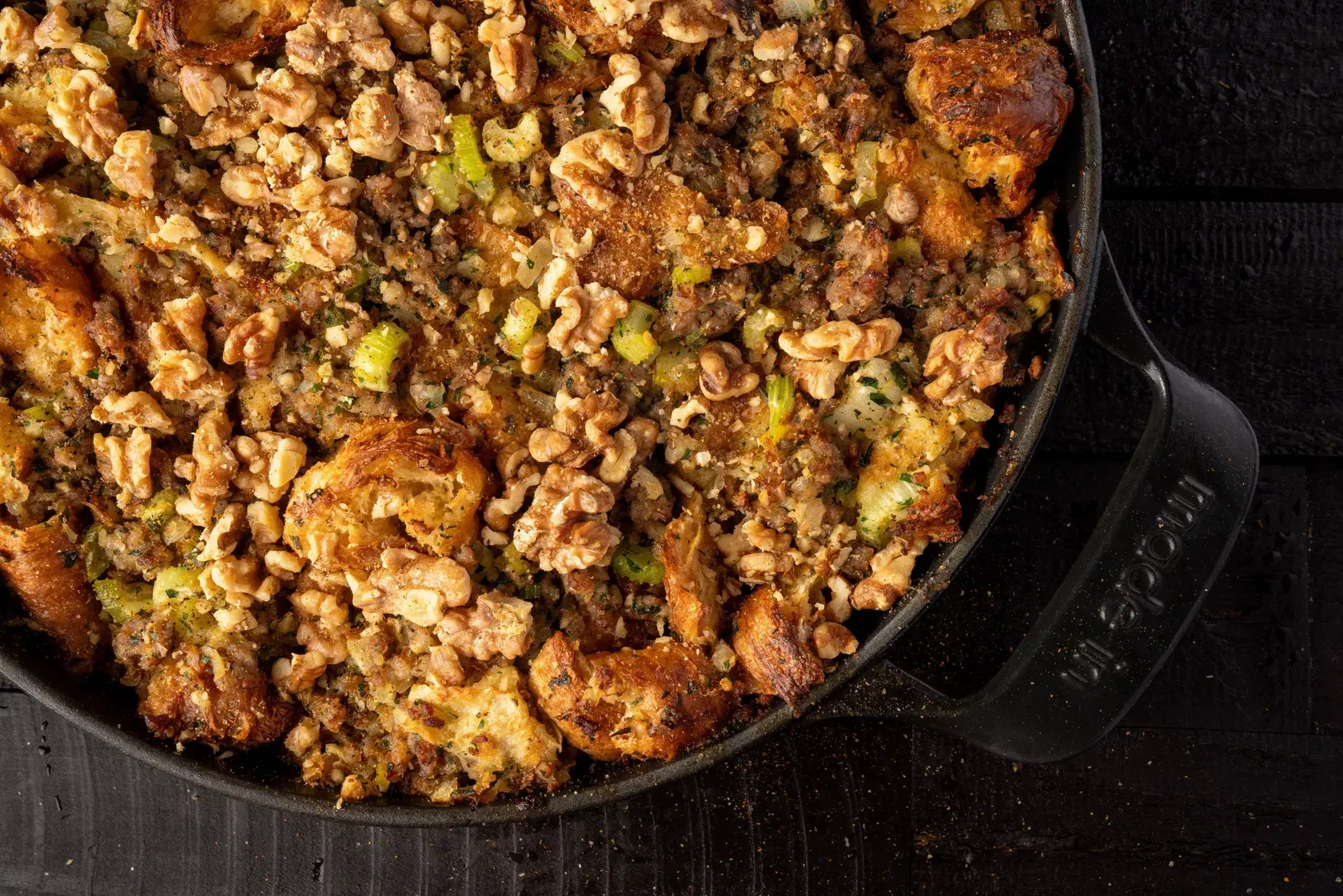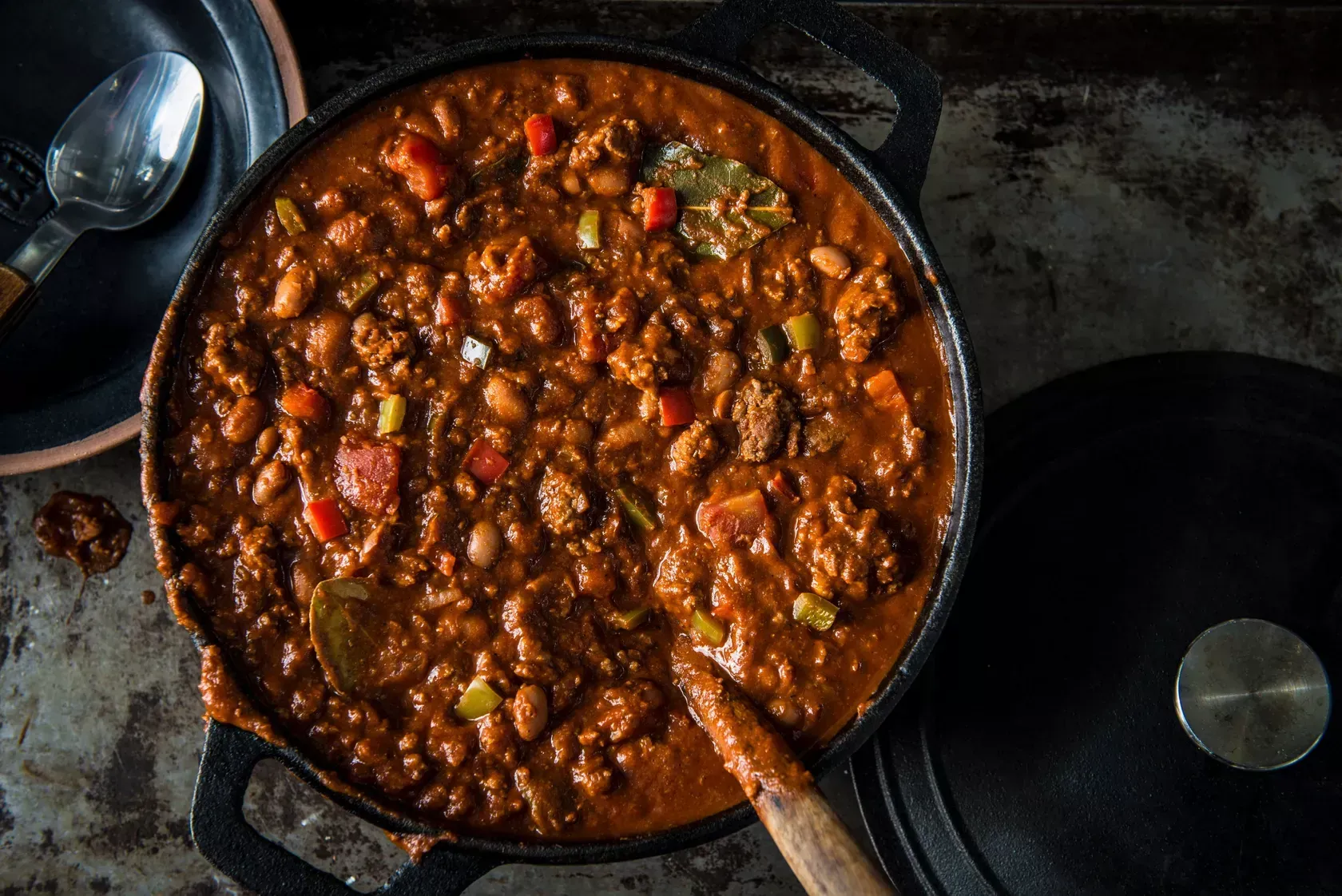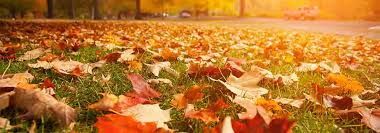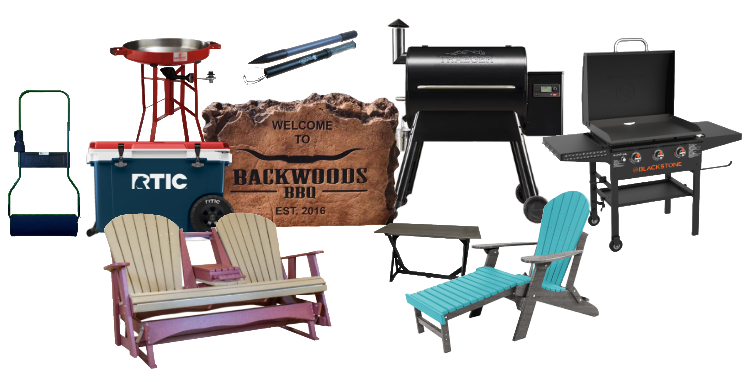Mastering Lawn Fertilization: Tips and Techniques for a Lush Yard
The concept of lawn fertilizer can spark a variety of responses from homeowners, leading to differing opinions on its importance. While some may offer simple explanations like nutrients and plant health, there is often a lack of consensus on its significance. It is crucial to delve deeper into the fundamentals of lawn fertilizers and understand the most effective methods for their application to achieve optimal results for your lawn.
Understanding Grass Fertilizer: Its Purpose and Benefits
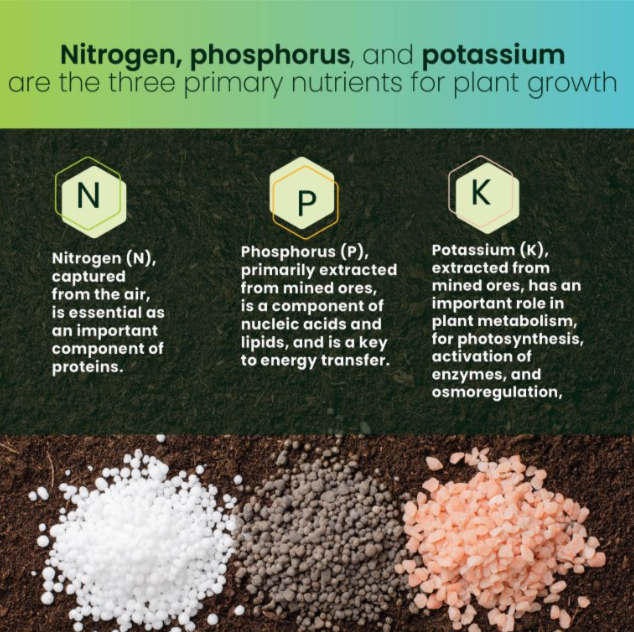
In simple terms, fertilizer is made up of various chemical elements essential for promoting healthy grass growth and overall productivity. Specifically formulated for lawns, these fertilizers provide crucial nutrients such as nitrogen, phosphorus, and potassium to help nourish the soil and enable the grass to thrive, recover from common stressors like foot traffic and mowing. Conducting a soil test is crucial in identifying the precise needs of your lawn, preventing over-application of nutrients like phosphorus that can pose environmental risks, such as eutrophication in surface water sources.
Nitrogen (N)
Nitrogen is the primary mineral nutrient essential for maintaining a healthy lawn. Beyond its role in giving grass a vibrant green hue, nitrogen plays a crucial role in the formation of proteins and enzymes necessary for robust growth. This nutrient is key in developing dense shoot coverage, which helps your lawn outperform weeds and resist damage from diseases, pests, and foot traffic. By supplying an adequate amount of nitrogen, you can ensure your grass remains resilient and lush.
Phosphorus (P) and Potassium (K)
Apart from nitrogen, your lawn may also require phosphorus and potassium for optimal growth. Phosphorus, a nutrient that typically stays in the soil, is vital for promoting strong root development and enhancing the establishment of newly seeded lawns. On the other hand, potassium, which can easily leach into the soil, plays a key role in boosting grass resilience against cold weather, diseases, drought, and wear and tear.It is important to pay attention to state laws and local regulations regarding fertilizer application. Some areas have imposed bans on phosphorus application to turf unless soil tests indicate its necessity, while others enforce seasonal restrictions on all fertilizer applications. Adhering to these guidelines will help ensure the health of your lawn while also protecting the environment.
Deciphering Fertilizer Bag Labels
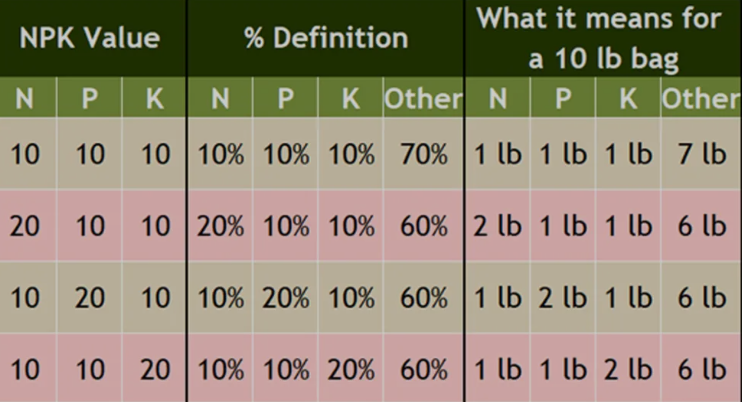
The numbers on a fertilizer bag indicate the percentage of nitrogen (N), phosphorus (P), and potassium (K) in the product. For instance, a bag labeled as 20-10-10 contains 20% nitrogen, 10% phosphorus, and 10% potassium, while the remaining components could include other elements like iron and sulfur, as well as inert fillers. In areas with restrictions on phosphorus use, opt for a phosphorus-free fertilizer like a 19-0-7 or a 24-0-11.
What Type of Lawn Fertilizer is Best for Your Lawn?
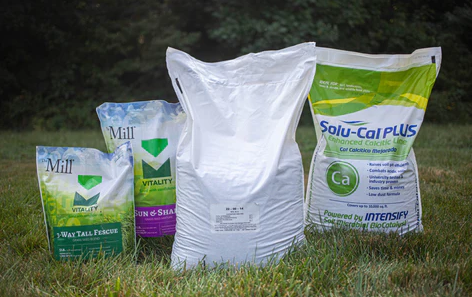
Fertilizers come in various forms, including natural, synthetic, or a combination of both, and can be classified as fast or slow-releasing. It is important to note that fast-releasing fertilizers have a higher chance of damaging your grass, particularly in dry conditions. Therefore, slow-releasing fertilizers are typically the better choice for most lawns when applied properly.
Comparing Fast-Release and Slow-Release Lawn Fertilizer: Understanding the Contrast

Fast-Release Lawn Fertilizer:
Fast-release nitrogen sources, including ammonium nitrate, ammonium sulfate, and urea, offer quick greening of the grass but come with downsides such as leaching, nitrogen burn, elevated soil salinity, and the need for frequent applications to sustain nutrient levels. If opting for solely fast-release fertilizers, it is advisable to apply no more than one pound per 1,000 square feet of lawn.
Slow-Release Lawn Fertilizer:
Slow-release fertilizers can offer numerous benefits, including reduced time spent spreading, extended duration, and potential cost savings, despite a higher initial investment. While slow-release nitrogen may take longer to show results in grass, it also carries a lower risk of burning or nutrient loss through runoff or leaching. Slow-release options for lawn fertilizers encompass two main types: slowly soluble and water-insoluble nitrogen sources. Slowly soluble fertilizers, which are synthetic organic products, are created to release nitrogen gradually by adjusting particle size and utilizing coatings. Examples of slowly available forms include IBDU, methylene ureas, sulfur-coated ureas, and poly-coated ureas. On the other hand, water-insoluble sources consist of synthetic organics like urea formaldehydes and natural organic materials such as activated sewage sludge, processed manures, and plant-based meals.
Best Practices for Applying Lawn Fertilizer: Timing and Methods
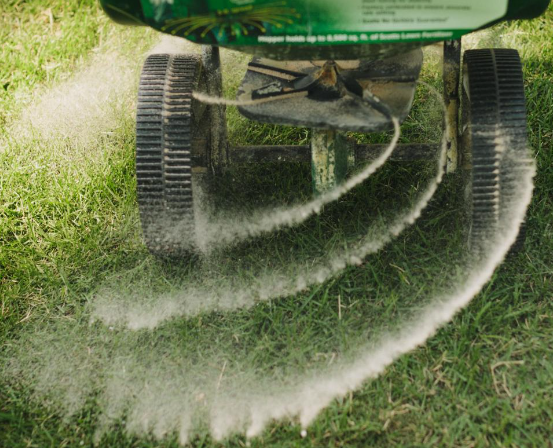
It is recommended to apply a minimum of two pounds of lawn fertilizer per year. Factors such as grass type, lawn size, and maintenance requirements all influence the amount of fertilizer needed and the timing of application. It is crucial to understand and consider these factors when determining the appropriate amount of fertilizer for your lawn. Instructions on the fertilizer bag typically indicate the amount of nitrogen to be applied per 1,000 square feet of lawn. Using a spreader can help ensure even coverage during application.
Northern grasses
Generally speaking, low-maintenance northern lawns require approximately two pounds of nitrogen per 1,000 square feet, whereas higher-maintenance lawns may need between three and four pounds. It is recommended to divide your annual fertilizer applications, with two-thirds applied in the early fall and the remaining one-third in late spring after the first signs of green-up.
Southern grasses
Low-maintenance southern yards typically need an application of two to four pounds of nitrogen per 1,000 square feet, while higher-maintenance yards may require between four and six pounds. It is recommended to make the first fertilizer application a few weeks after the initial spring green-up, followed by a smaller second round of fertilizer in late summer while the grass is still actively growing.
Advanced Tips for Fertilizing Your Lawn
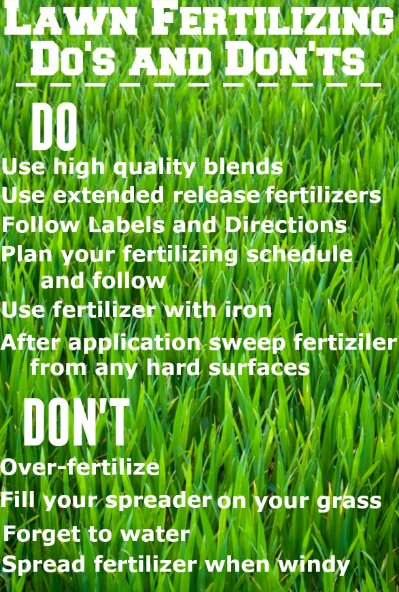
To ensure proper application of lawn fertilizer, carefully follow the manufacturer's instructions. Verify the calibration of your spreader and accurately measure the square footage of your lawn before spreading fertilizer to prevent over-application. Remember that excessive fertilizer application can lead to lawn damage, thatch buildup, and pest problems. Keep in mind that lawns prone to heavy rainfall, sandy soils, or over-watering may experience nutrient leaching. Opt for slow-release or water-insoluble fertilizers to minimize leaching and provide longer-lasting nutrients to the grass. To enhance nutrient cycling, mulch grass clippings into the lawn while mowing, which can return approximately 1 pound of nitrogen per 1,000 square feet over a year.
For more lawn tips and tricks click here or give us a call at 580-886-2345 for more information on what lawn equipment is best for your lawn!!
Share Our Blog Post(s) However You'd Like!
Contact
Contact Us





